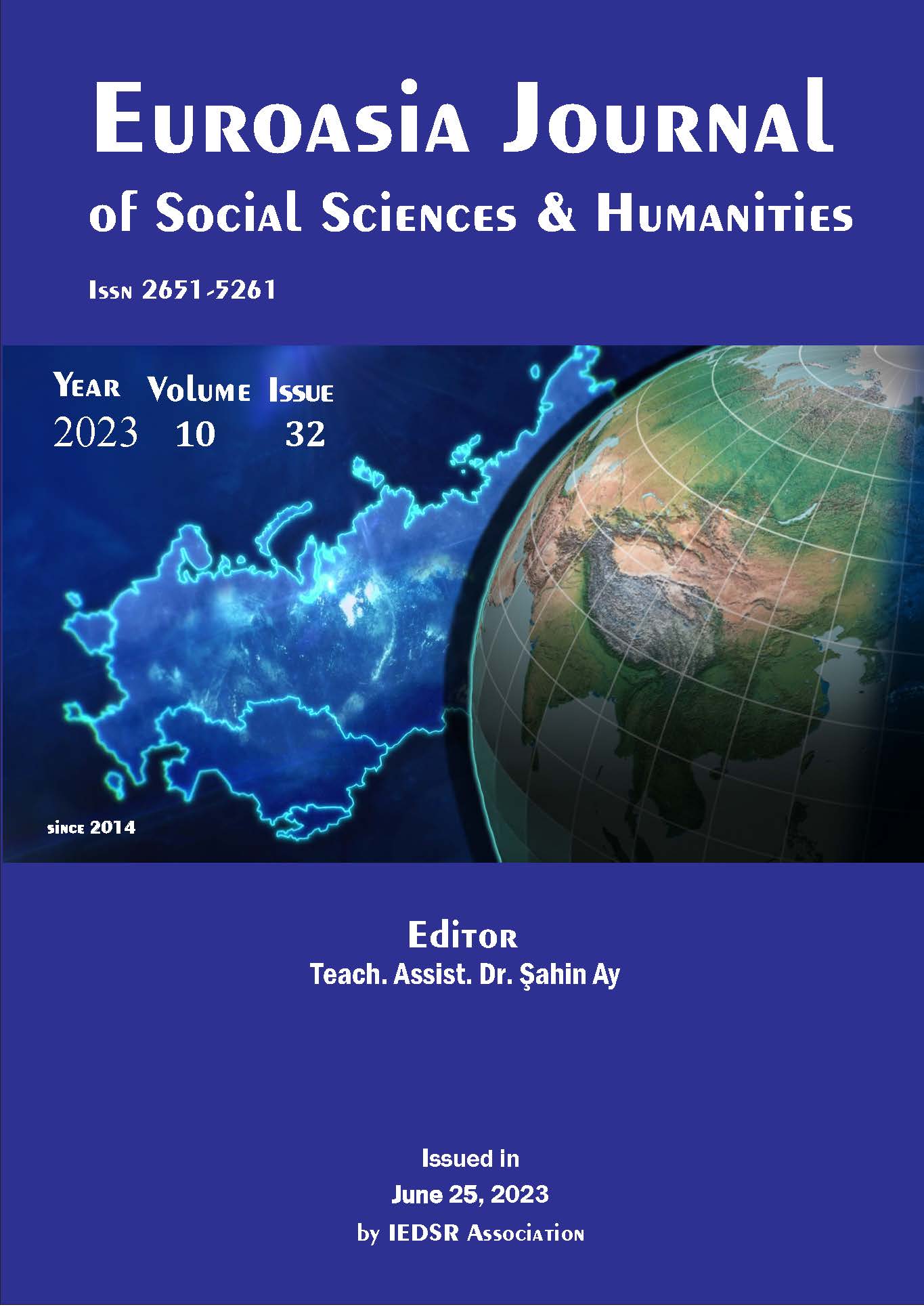Early Period of Turkish Cinema and a Contrary Detection on the First Screening to the Public: First Screening Izmir Apollon Hall
DOI:
https://doi.org/10.5281/zenodo.8138872Keywords:
First Screening, Sponeck, Apollon Hall, İzmir, KinematographAbstract
In 1895, when the Lumiere Brothers found the cinematoscope, it was in the Ottoman Empire period and II. Abdulhamid was the sultan. The public's acquaintance with moving images actually goes back much earlier. In Pera, which was multilingual in the Ottoman Empire and its door was open to Europe, the public was introduced to pre-cinematoscope devices such as lanternmagic and kinethoscope with moving images. Especially, the public had the chance to meet with these images, which were created on curtains and walls from the shadow play tradition such as Karagöz and Hacivat. Operators coming to the Empire from all over the world were cooperating with Ottoman entrepreneurs. These operators, with the films, projectors, phonographs and other technical devices they bring; introducing the new invention of the century to the Ottomans. In Istanbul, movies were shown in theater buildings, coffee houses, pubs, museums, schools, gardens and similar places. In the article titled "10 Years of Cinema History" published in Cumhuriyet Newspaper in 1933, he mentions that mobile cinema was brought to Turkey for the first time in 1902 in a cafe in Yeşil Tulumba, Koskada.The person who brought it is a mobile acrobat. The camera is very small, and the 3 films he brought with him are 50 meters long. In 1903, a second mobile cinema was brought to the building where the Şark Kıraathanesi is located in Şehzadebaşı, and these films were shown for 3 kuruş duhuliye.
It is mentioned in the memories of Ayşe Osmanoğlu that the first screening was made by an animation master named Bertrand at Yıldız Palace for the people of the palace, although the date is unknown, it is accepted as before the screening in Sponeck. Although the date of 22 December 1896 and the Sponeck Beer Hall in Galatasaray has been pointed out as the first public screening, it is also among the newly found documents that a "special screening" for journalists and photographers was held before this date. The reason for the writing of this article is that before these screenings, documents and information were obtained about a public screening at the Apollon Hall in İzmir. This situation, which will affect our cinema history, reveals the importance and subjectivity of the article.
Downloads
References
Ahenk Gazetesi: (12 Aralık 1896 – 17 Aralık 1896- 24 Aralık 1896 ) Ahmet Priştina İzmir Kent Müzesi Arşivi
Beyru Rauf. (2011). 19. Yüzyılda İzmir Kenti, Literatür Yayıncılık, İstanbul
Evren, Burçak. (1995). “Sinemayı Osmanlıya Getiren Adam: Sigmund Weinberg” , Milliyet Yayınları, İstanbul.
The Levant Herald - Eastern Express gazetesi (12 Aralık 1896),
Osmanoğlu Ayşe.(2016). “Babam Sultan Abdülhamit”, Timaş Yayınları, İstanbul
Osmanoğlu Şadiye. (2007). “Babam Abdülhamid Saray ve Sürgün Yılları, LM Yayınları, İstanbul
Özkan Selahattin. (2012). “Lumiére Kardeşlerden İlk Sinema Salonlarına Sinemanın Tarihine Bir Bakış”, Güncel Tarih (Erişim: http://www.gunceltarih.org/2012/03/lumiere-kardeslerden-ilk-sinema.html, 14.12.2022)
Özuyar Ali. (2017). “Sessiz Dönem Türk Sinema Tarihi(1895-1922)”, Yapı Kredi Yayınları, İstanbul
Özuyar Ali. (2015). “Sessiz Dönem Türk Sinema Antolojisi”, Küre Yayınları, İstanbul
Thomen, Özde Çelik. (2013). “1903 Sinematograf İmtiyazı”, Toplumsal Tarih, No: 229
Yıldırım, Müjgan. (2021). “Gölgenin Seyri” Türk Sinemasının tartışmalı İlkleri belgesel filmi
Yıldırım, M. (2020). Saray’da ilk Gösterimi Gerçekleştiren, Sinema Perdesindeki Gölge İsim: Victor Effendi Bertrand. Euroasia Journal Of Social Sciences & Humanities, 7(15), 47–58.
Downloads
Published
How to Cite
Issue
Section
License
Copyright (c) 2023 EUROASIA JOURNAL OF SOCIAL SCIENCES & HUMANITIES

This work is licensed under a Creative Commons Attribution-NonCommercial 4.0 International License.

